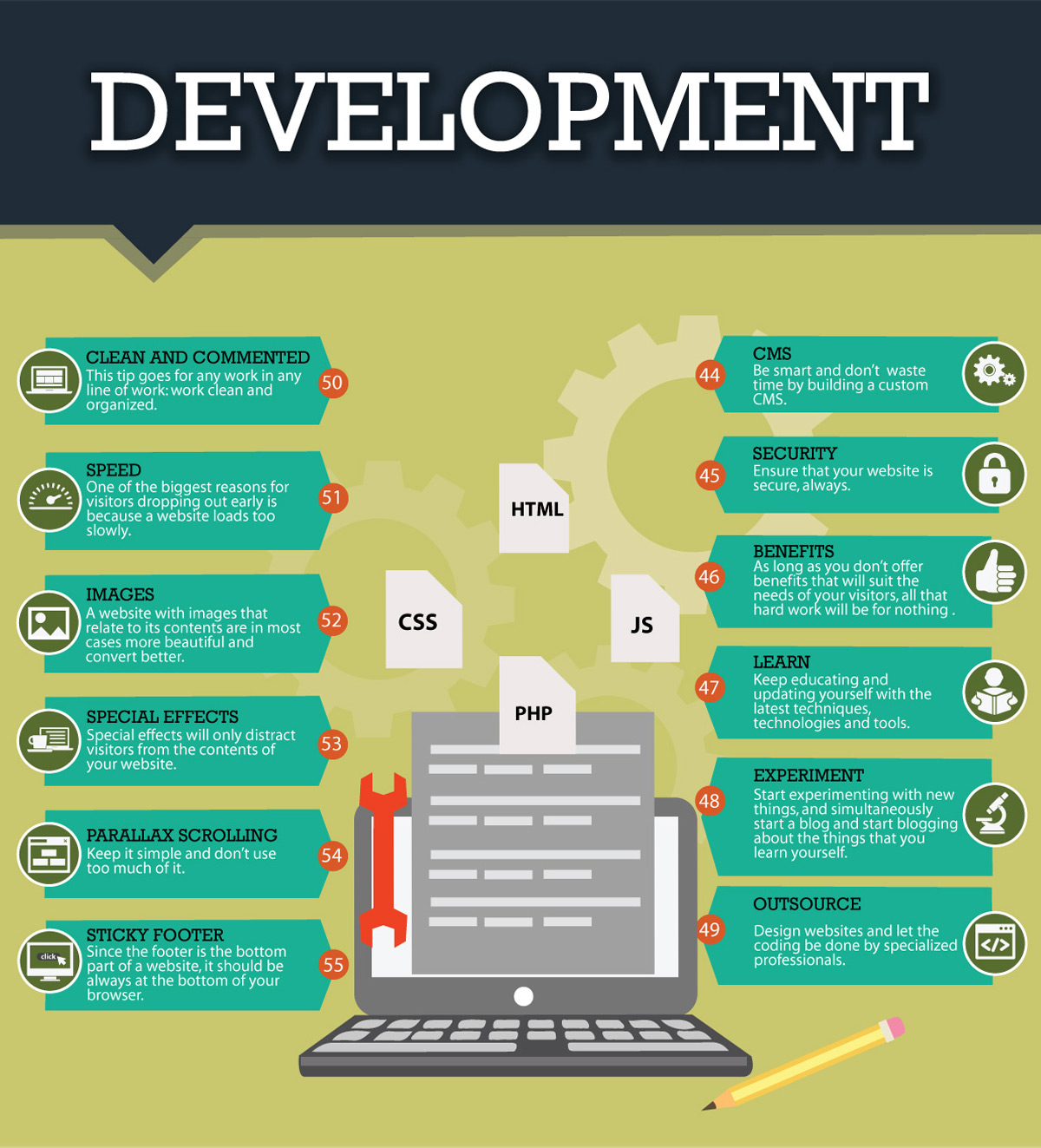Crafting A User-Friendly Site: Strategies And Methods For Web Design Success
Crafting A User-Friendly Site: Strategies And Methods For Web Design Success
Blog Article
Material By-McCarty Odom
Master the art of web design by concentrating on customer experience. Craft user-friendly navigating and select mobile optimization to enhance the browsing experience. Make sure simple navigation with clear headings and appealing visuals. Prioritize mobile responsiveness for a constant user experience. By including these crucial design concepts, you can produce an user-friendly web site that astounds visitors.
Vital Design Principles
When developing an internet site, focus on individual experience most importantly else. Your main goal should be to create a seamless and satisfying experience for your site visitors. Start by ensuring that https://best-seo-plugins95051.onzeblog.com/29915985/refine-your-pay-per-click-projects-with-advanced-keyword-study-techniques-that-will-certainly-transform-your-advertising-and-marketing-method-learn-just-how is simple to navigate. Usage clear headings, arranged menus, and instinctive buttons to lead customers via your content effortlessly. Bear in mind, simpleness is essential. Prevent cluttering your web pages with unneeded components that can bewilder or confuse your target market.
An additional necessary style concept is to make certain your website is aesthetically attractive. ada title iii website compliance , top notch pictures, and readable typefaces to boost the overall appearance of your site. Uniformity is critical in establishing a solid brand name identity and making your website much more memorable to users.
Furthermore, focus on mobile responsiveness. With more people browsing the internet on their smart devices and tablets, it's necessary that your web site looks and functions well on all gadgets. Check your website on various display sizes to ensure a seamless experience for all individuals. By focusing on these important style principles, you can create an easy to use site that maintains visitors coming back for more.
User-Focused Navigating
To boost customer interaction and improve their surfing experience, focus on developing user-friendly navigating pathways that lead visitors perfectly through your web site. Clear and well-organized navigating is vital for assisting individuals find the details they need swiftly and effectively. Beginning by maintaining your menu framework straightforward and easy to understand. Use https://www.forbes.com/sites/forbescommunicationscouncil/2022/07/01/employee-advocacy-the-final-frontier-of-b2b-organic-social-media/ that clearly show what content can be located under each food selection alternative. Furthermore, think about implementing affordable search engine optimisation for subcategories to avoid overcrowding the primary navigation bar.
One more key aspect of user-focused navigating is the use of breadcrumbs. Breadcrumbs are an additional navigating help that reveals individuals their current place on the website and permits them to quickly navigate back to previous web pages. This attribute is particularly useful for users who enter your site through a deep web link or an internet search engine result.
Furthermore, incorporating search performance prominently on your web site can additionally enhance individual navigation. A search bar permits customers to swiftly find details material without having to click via multiple web pages. Make certain that your search bar is quickly noticeable and available on every page of your site for maximum usability. By prioritizing user-focused navigating strategies, you can develop a more intuitive and enjoyable surfing experience for your visitors.
Mobile Optimization Techniques
Think about enhancing your website for mobile devices to make sure a seamless user experience across different screen sizes. Mobile optimization is crucial in today's electronic landscape where a considerable part of internet browsing takes place on smartphones and tablets.
To improve mobile usability, start by executing receptive layout techniques. This technique permits your website to adapt to various screen dimensions, maintaining capability and aesthetic appeals.
Concentrate on optimizing packing times for mobile customers. Slow-loading web sites can discourage visitors and impact your search engine positions. Compress pictures, lessen HTTP requests, and leverage web browser caching to improve filling rate. In addition, prioritize content power structure for mobile screens. Make sure that important info is plainly shown, and navigation is intuitive, advertising easy accessibility to key areas.
Use touch-friendly components such as larger switches and structured forms to promote interaction on smart phones. Conduct thorough testing throughout different mobile platforms to identify and correct any usability concerns.
Verdict
To conclude, understanding the art of web design is crucial for creating an user-friendly internet site. By incorporating necessary layout principles, user-focused navigating, and mobile optimization methods, you can make certain a seamless and enjoyable experience for your site visitors.
For example, a local bakery saw a 30% boost in on-line orders after revamping their website to be extra easy to use and mobile-responsive. Bear in mind, a well-designed website can make all the difference in attracting and keeping customers.
